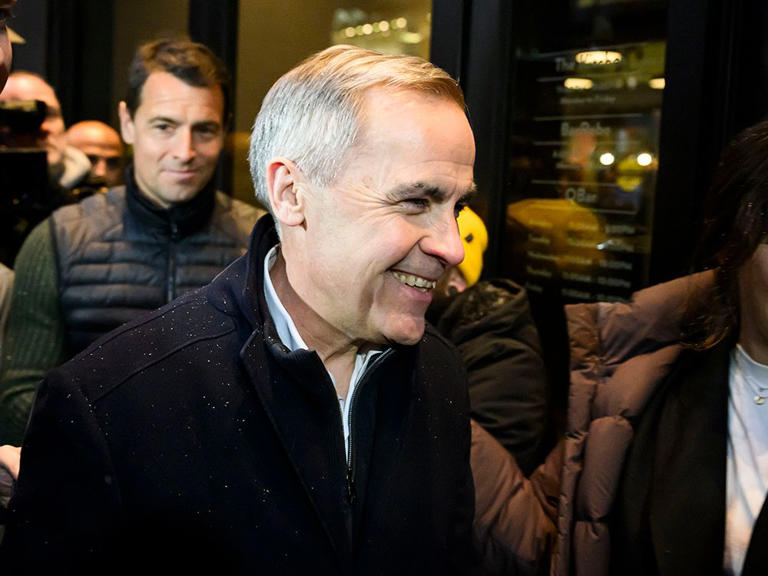Liberal leadership candidate Mark Carney has announced a bold plan to replace Canada’s controversial consumer carbon tax with a new climate strategy that includes tariffs on imports from countries without carbon pricing, increased levies on heavy industrial emitters, and consumer incentives for eco-friendly purchases. Speaking at a media event in Halifax on Friday, Carney argued that the current carbon tax has become too divisive and ineffective, necessitating a fresh approach to climate policy.
Carney’s proposal aims to eliminate the consumer carbon tax while maintaining a focus on reducing emissions. Under his plan, the carbon tax rebate sent to households would be replaced with financial incentives for energy-efficient upgrades, such as switching to heat pumps or purchasing electric vehicles. These incentives would be funded by increased contributions from large industrial emitters, who would also gain the ability to offset their emissions by financing household energy improvements.
“Since Canada’s current climate policy has become too divisive, it’s time for a new, more effective climate plan that everyone can get behind,” Carney told the crowd in Halifax. “We will provide households with bigger incentives and more choices to reduce emissions.”
A key component of Carney’s plan is the introduction of a Carbon Border Adjustment Mechanism (CBAM), which would impose tariffs on carbon-intensive goods imported from countries without equivalent carbon pricing systems. This measure would target sectors such as steel, chemicals, cement, and aluminum, aiming to level the playing field for Canadian industries while encouraging global climate action.
Carney also pledged to improve the transparency and efficiency of Canada’s industrial carbon pricing system, ensuring that provincial and territorial markets are better integrated and that carbon credit oversupply is avoided. “This will send a clear signal to large companies to invest in reducing their emissions and becoming more competitive,” he said
While some experts praised elements of Carney’s plan, others expressed concerns about its complexity and potential economic impact. Tax economist Jack Mintz criticized the proposal for replacing a straightforward carbon tax with a more convoluted system of subsidies and mandates. “It’s not very workable,” Mintz said. “Large emitters will pass their increased costs onto consumers, who will then receive subsidies funded by those same costs.”
Energy policy analyst Heather Exner-Pirot acknowledged the potential benefits of the CBAM but questioned the overall approach. “This is a very classically Liberal climate policy,” she said. “It adds layers of bureaucracy without addressing the underlying issues of competitiveness and simplicity.”
Carney’s announcement drew swift criticism from Conservative Leader Pierre Poilievre, who accused Carney of attempting to deceive voters. “He’s pausing the carbon tax before the election to trick people into re-electing the Liberals, only to bring in a much bigger tax afterward,” Poilievre said in a video response.
Despite the backlash, Carney received a boost to his campaign when Nova Scotia Liberal MP Jaime Battiste withdrew from the leadership race and endorsed him. Carney defended his plan, arguing that the consumer carbon tax had achieved its goals but had been undermined by misinformation and negative perceptions. “It’s worked in reducing emissions, but the perception of its impact has been distorted,” he said.
Carney’s proposal represents a significant shift in Canada’s climate policy, emphasizing industrial accountability and consumer incentives over direct taxation. As the Liberal leadership race heats up, his plan is likely to spark further debate about the best path forward for Canada’s climate goals and economic competitiveness.

